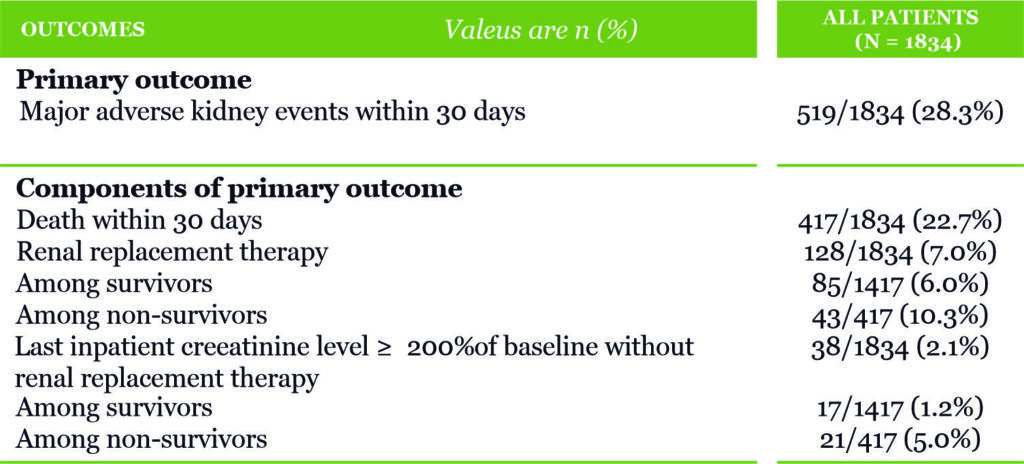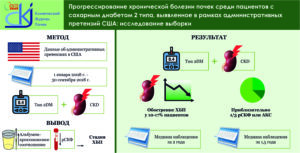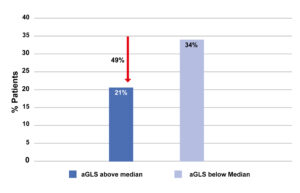Ref Mele, A., Cerminara, E., Häbel, H. et al. Fluid accumulation and major adverse kidney events in sepsis: a multicenter observational study. Ann. Intensive Care 12, 62 (2022). https://doi.org/10.1186/s13613-022-01040-6
Background
Whether early fluid accumulation is a risk factor for adverse renal outcomes in septic intensive care unit (ICU) patients remains uncertain. We assessed the association between cumulative fluid balance and major adverse kidney events within 30 days (MAKE30), a composite of death, dialysis, or sustained renal dysfunction, in such patients.
Methods
We performed a multicenter, retrospective observational study in 1834 septic patients admitted to five ICUs in three hospitals in Stockholm, Sweden. We used logistic regression analysis to assess the association between cumulative fluid balance during the first two days in ICU and subsequent risk of MAKE30, adjusted for demographic factors, comorbidities, baseline creatinine, illness severity variables, haemodynamic characteristics, chloride exposure and nephrotoxic drug exposure. We assessed the strength of significant exposure variables using a relative importance analysis.
Results
Overall, 519 (28.3%) patients developed MAKE30. Median (IQR) cumulative fluid balance was 5.3 (2.8–8.1) l in the MAKE30 group and 4.1 (1.9–6.8) l in the no MAKE30 group, with non-resuscitation fluids contributing to approximately half of total fluid input in each group. The adjusted odds ratio for MAKE30 was 1.05 (95% CI 1.02–1.09) per litre cumulative fluid balance. On relative importance analysis, the strongest factors regarding MAKE30 were, in decreasing order, baseline creatinine, cumulative fluid balance, and age. In the secondary outcome analysis, the adjusted odds ratio for dialysis or sustained renal dysfunction was 1.06 (95% CI 1.01–1.11) per litre cumulative fluid balance. On separate sensitivity analyses, lower urine output and early acute kidney injury, respectively, were independently associated with MAKE30, whereas higher fluid input was not.
Conclusions
In ICU patients with sepsis, a higher cumulative fluid balance after 2 days in ICU was associated with subsequent development of major adverse kidney events within 30 days, including death, renal replacement requirement, or persistent renal dysfunction.






